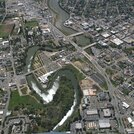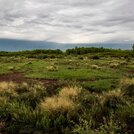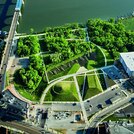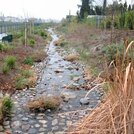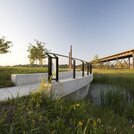Case Study Brief
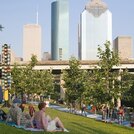
Buffalo Bayou Promenade
Houston, Texas
“River restoration can take place in the least likely (or conventionally scenic) places. This formerly derelict space under a freeway was remade into a thriving waterfront trail in Houston, Texas. Buffalo Bayou Promenade is a prime example of using an area that is perceived as undesirable to improve connectivity and revitalize a valuable natural resource. The project linked the north and south sides of the bayou for the first time, provides 1.4 miles of pedestrian trails that give access to 20 miles of revitalized bayou, and affords increased flood storage capacity for the city. ”


